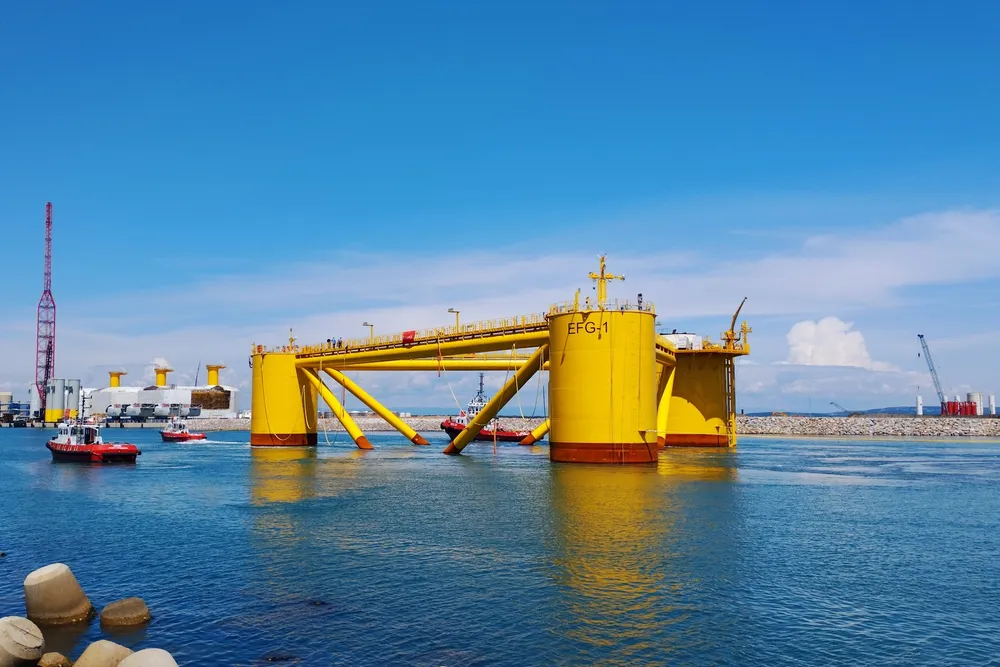Ocean Winds eying 21MW turbine for landmark floating wind project
Siemens Gamesa prototype launch has strengthened the base case for 21MW machines on a first commercial-scale floating wind project in the Mediterranean

Ocean Winds intends to deploy giant 21MW wind turbines on a flagship floating offshore wind project in the French Mediterranean and also has a preferred choice on which hull design it will use for the foundations.
The Engie-EDP Renewables joint venture is the early stage of development of Eoliennes Flottantes d’Occitanie (EFLO), a 250MW floating project awarded in 2024 and set out its base case plans, including turbine size and hull design, when the bid was submitted.
Asked about readiness for turbines on such a scale, Hirt mentioned Siemens Gamesa’s giant SG-DD-276 prototype as strengthening the case.
Flourishing partnership
For the EFLO hulls, Ocean Winds is leaning toward a decision to use a scaled-up version of Principle Power’s steel submersible WindFloat design.
Ocean Winds has already used versions of the floater specialist's design on WindFloat Atlantic, a 25MW pre-commercial project in Portugal and, more recently, on the 30MW Eoliennes Flottantes de Gulf of Lion (EFGL) pre-commercial array, which is located close to the future EFLO site, but in shallower waters.
Ocean Winds and Principle Power also worked together on the very first prototype of the latter's WindFloat design, which operated in Portugal between 2011 and 2016. The pair are also working together in originating the 1.3GW KFWind portfolio in South Korea currently.
“We are very satisfied with PPI,” he added.
Hirt stressed that no options are being excluded at this relatively early stage.
Permitting applications for the project are due to be submitted next month but a new “flexible envelope” procedure allows key decisions to be made further forward in the development process than used to be the case in France.
So final selection of turbines and floater design could be any time before a final investment decision (FID), and will involve a competitive process, meaning the final outcome could still be years away.
New hull design
On the other hand, the same documents describe a project with “up to 19 wind turbines” showing that deployment of machines with significantly lower rating than 21MW are still being considered.
The EFLO project originates from an area that was known as Narbonnaise 1 when it was included in France’s AO6 wind tender. The wind farm will be located at an average water depth of 92 metres, at least 25km from the coast in the Gulf of Lion.
Ocean Winds is also planning to bid for a southern extension of EFLO in the ongoing AO9 wind tender, which is supposed to reach its conclusion by the end of this year.
The area currently on offer, called Narbonne 2, is one of three floating wind extension areas on offer in the AO9 round.
Concern has been growing that publication of the enabling regulations that are required to stage AO9 is starting to run late.
Bidding is supposed to take place four months after publication of the detailed tender rules.
(Copyright)